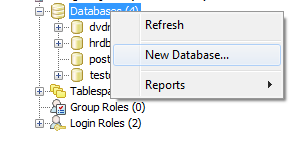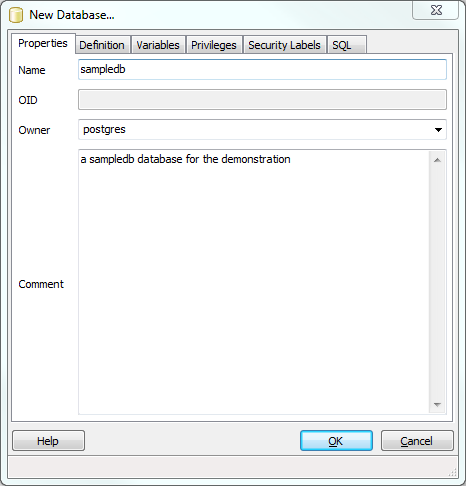PostgreSQL Interview Questions and Answers

We are going to discuss the most interviewer asked PostgreSQL interview questions for the acknowledgment of future aspirants in this niche. PostgreSQL is one of the most advanced, object-relational database management systems and open-source developed by PostgreSQL Global Development Group at Berkeley Computer Science Department, University of California. With its strong hand on proven data integrity, reliability, architecture, extensibility, and excellent feature set, PostgreSQL has earned the prominence of being a superior and robust solution globally, thus highly increasing the employment base for this niche.
With the operation freedom of all major operating systems including UNIX, Windows, Linux, and Mac OS X; PostgreSQL supports images, text, video as well as sound, and includes programming interfaces for C, C++, Perl, Java, Tcl, Ruby, and Open Database Connectivity.
| Quick Questions about PostgreSQL | |
|---|---|
| What is the Latest Version of PostgreSQL? | 13.1 released on 12 November 2020 |
| When was PostgreSQL Initial released? | 8th July 1996 |
| What language does PostgreSQL use? | C Language |
| Who developed PostgreSQL? | Michael Stonebraker |
| What operating system use PostgreSQL? | Windows, Linux, macOS, OpenBSD |
Now, let’s discuss an advanced set of PostgreSQL interview questions further above for candidates searching for a near-future job change or going to start their career from the ground level.
Most Frequently Asked PostgreSQL Interview Questions
PostgreSQL provides several index types like Hash, B-tree, SP-GiST, BRIN, and GIN. All these types uses a separate algorithm that is best suited to queries.
Follow these steps to successfully create a database in PostgreSQL using PgAdmin:
- Log into PostgreSQL using pgAdmin
- Now, go to the Databases section and right-click on it

- Now, enter the database name, owner and configure parameters and press OK after it is done.

A token can be a keyword, an identifier, a quoted identifier, a literal (or constant), or a distinctive personality symbol. Tokens are generally separated with the aid of whitespace (space, tab, newline), however, need not be if there is no ambiguity (which is usually only the case if an exceptional persona is adjoining to some other token type).
Reserved words in PostgreSQL are actually SQL keywords and other symbols having some sort of special meaning when being processed by the Relational Engine.
Follow these steps to carefully change the user password Postgres in Laravel:
- Step 1: Make yourself the “Postgres” system user (through the root user, sudo or via SSH public key verification)
- Step 2: Connect to the local server using “PSQL”
- Step 3: Type this meta-command of PSQL \password
It should look something like this:

A sequence in PostgreSQL is a special form of data that is created to generate multiple numeric identifiers in the PostgreSQL database. It is most often used to create sequences and artificial primary keys similar to Auto_Increment in MySQL. The basic role of sequences in PostgreSQL is to create unique identifiers between multiple rows inside a table.
In PostgreSQL, the Overlay function allows users to replace a substring, which is starting at a specific position and having a specified length.
Here is the syntax for the Overlay Function:
overlay(<main_string> placing <replaced_string> <br>
from <starting_position> [ for <number_of_characters>] )
To find the cube root of ant given number in PostgreSQL, you can use the CBRT() function.
SELECT cbrt(729) AS "Cube Root";
Output - 9
To match a regular expression that is case insensitive, you can use the POSIX regular expression (~*) from the pattern matching operators.
'umesh' ~* '.*Umesh.*'
In PostgreSQL, an Inverted file is basically an index data structure used for mapping content to its location to a database file, within a document, or in sets of documents.
It is usually composed of all the distinct words found in a text and a list containing the occurrences of a word in the text.
The inverted file is widely used in a data structure for document retrieval systems in supporting a full-text search.
Benefits of PostgreSQL
- Enterprise-class functions and performance with an open-source database management system with unlimited development possibilities.
- Superior development possibility with diverse community purposed modules.
- Store Procedure functions can be used for a server environment.
- It offers diverse indexing techniques.
- Availability of full-text search
- Diverse extension functions and replications